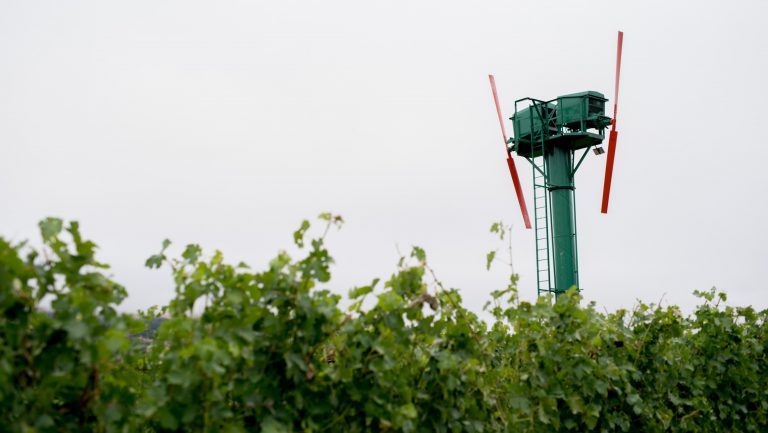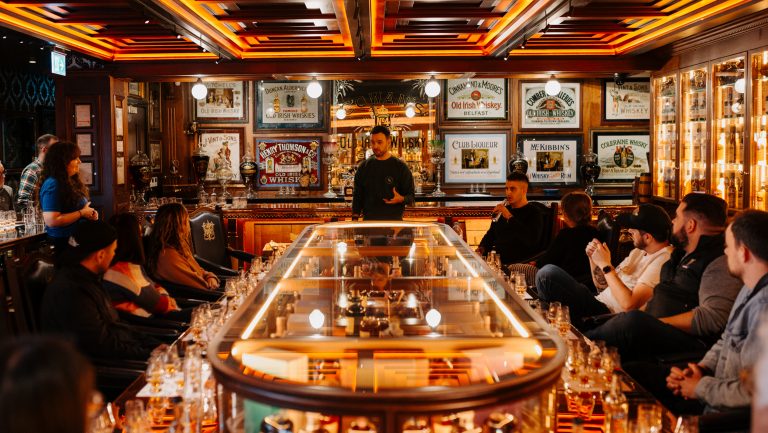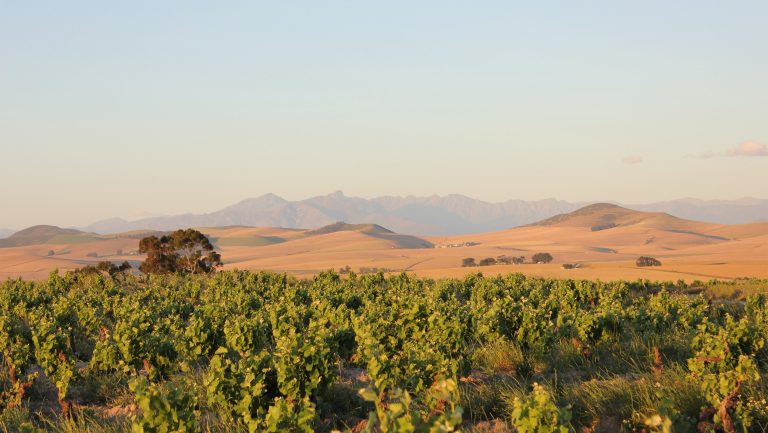This opinion piece is the first in a two-part series that addresses the need for a proactive response to climate change in California’s Napa Valley.
Over the last five years, in addition to a magnitude 6.0 earthquake, Napa, California, has experienced the end of a prolonged drought, record amounts of rain in a single calendar year, and one of the deadliest wildfires in California’s history, which was followed a year later by the largest wildfire in California’s history. Throughout the valley, residents are citing these last three events as proof of climate change. And perhaps they are, though they are not the chief story. The real headline lies in the slow-but-steady, longer-term, well-documented changes occurring in the overall climate in our world. These changes, which have been recorded and confirmed by scientists on both sides of the political aisle, will have an impact on ocean surface temperature, water supply, growing degree days (GDDs), the hours of availability of our farming workforce, and the future of our valley.
At present the impact of these changes is subtle and at times even beneficial—one only need look at the ever-increasing praise for and high scores of Napa Cabernets to see this. In aggregate, however, we may be experiencing the slow boiling of the Napa frog. The changes in climate that are predicted both worldwide and in the Napa Valley mean that in 10, 20, or 30 years’ time—within our generation—Napa will be a different agricultural region. This is the real climate story. This is what we must prepare for now, because as we busy ourselves with the latest natural disaster occurring in our region, these changes in climate are irrevocably shifting what this valley will be. I therefore ask my peers and myself this question: What is our grape-growing potential in these new climate conditions, and how can we set our valley on a course toward sustainability in the new climate environment?

Don’t miss the latest drinks industry news and insights. Sign up for our award-winning newsletters and get insider intel, resources, and trends delivered to your inbox every week.
As a winemaker, for Larkmead Vineyards and Massican, in the Napa Valley, where I have resided for more than a decade, a member of the board of the Napa Valley Grapegrowers, and a dedicated climate loudmouth, I’m concerned about the future of this region. Climate is not something I’m required to care about. I don’t have children; I don’t own a home, a piece of land, or a vineyard. I am completely mobile and open to chasing the harvest, wherever it may move, given the change in climate. I prefer, however, not to chase anything. Rather, I would like to see this valley discuss the question outlined above—specifically, how do we prepare our valley for the changes that are inevitable?
There are four important areas to consider:
Water
Will we have less? Or with the increase in oceanic surface temperature, could we be faced with more? Two years ago I sat in a room with a Stanford University climatologist who asked, “If the Pacific Ocean warms up and brings more humid weather and rainfall to California, what will be the quality of the grapes you will grow under tropical conditions?” Good question. The disease pressure inherent in tropical climates means I would much rather roll my dice with less water, and a grapevine’s ability to adapt under dry-farmed conditions.

Temperature
How will a shift into a Zone V climate affect our ability to grow certain varieties in the valley? In the first half of the 20th century, U.C. Davis professors A. J. Winkler and Maynard Amerine used the measure of accumulated heat, known as growing degree days, or GDDs, to classify California’s climate and to determine the best regions for growing the highest-quality grapes. They observed grape ripening and wine style in the light of weather conditions and created a classification of five zones—the coolest zone (Zone I) would do best with early-ripening varieties, while the warmest zone (Zone V) was suitable for “fair” quality in large-yielding varieties. While Zone IV has historically been considered the optimal weather classification to ripen Cabernet Sauvignon in the Napa Valley, we are currently pushing the upper limits of this zone, with the prediction that our climate will cross over to the suboptimal Zone V in the next 20 to 30 years.
Workforce
What will an increase in overall temperatures do to the number of farmworker hours available for Napa agriculture? We all romanticize wines made from hand-farmed and hand-harvested vineyards, but reports from the United Nations and the Environmental Protection Agency, among others, have predicted that with the world heating up, farmworker labor hours will be significantly reduced by 2050. When we reach 2100, the United States will lose 1.8 billion farmworker hours in a given year, which equates to $170 billion in lost wages. These are not statistics I like to think about when I am drinking a wine and waxing poetic about its terroir. But if cans and screw caps are replacing glass bottles and natural corks and proving that our romantic view has evolved to one in which we respect that wine can be packaged in a variety of vessels and closures without compromising its quality, is it just a small jump to replace human beings with mechanical harvesters?

Terroir
With the aboveground climate landscape changing, how will we shift our understanding of terroir? Of course, geology does not change in a couple of decades—or even a century—but if the means of expressing the geology through your rootstock and grape variety choice changes, will we eventually need to be excited about the Aglianico made in Oakville? To this many may say, So what? More or less rain, warmer or colder days, a little more mechanization, a shift in your palate’s calibration—we can live with this in the wine industry. That is, we can live with these changes until the bottom line decreases, farming costs go up, yields become more variable, and quality becomes erratic in our “tried and true” varieties. We can continue to argue that we are being too hypersensitive to the ups and downs of Mother Nature; surely she will smooth herself out over time, and agriculture at its heart is about dealing with major events of nature. But in the face of the slow-but-steady changes that have been predicted and then recorded by scientists in the last 30 years, and are predicted for the next 30 years, we have an obligation to consider the Napa of the future now.
We cannot blame the previous generation for climate change—they didn’t have the undeniable proof that we are faced with. But when I think about the farmers and winemakers who will succeed us, what I fear most is that they will know that we knew. If we do nothing to prepare for the future—their future—if we do not accept our responsibility today and put Napa Valley on a course to handle what is coming, we’ll be on the wrong side of history—and future generations will be the ones to pay.

Dispatch
Sign up for our award-winning newsletter
Don’t miss the latest drinks industry news and insights—delivered to your inbox every week.
Dan Petroski is the winemaker at Larkmead Vineyards and founder and winemaker of Massican. Prior to a career in wine, Petroski spent ten years working for Time Inc. in various positions from editorial at Sports Illustrated to sales, marketing, and finance at TIME magazine. Petroski earned his MBA from NYU in 2004 and two years later pursued a career working as a winemaker in Napa Valley.








